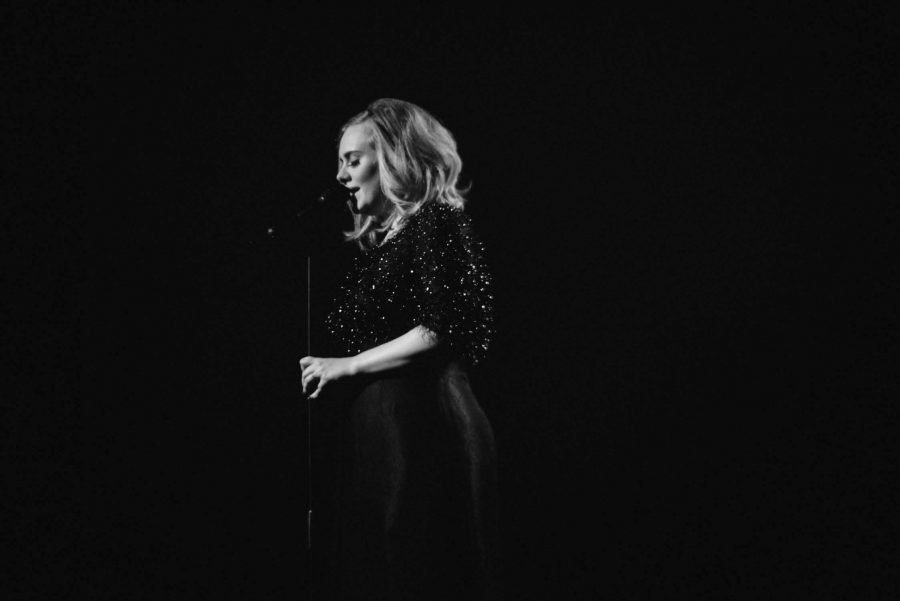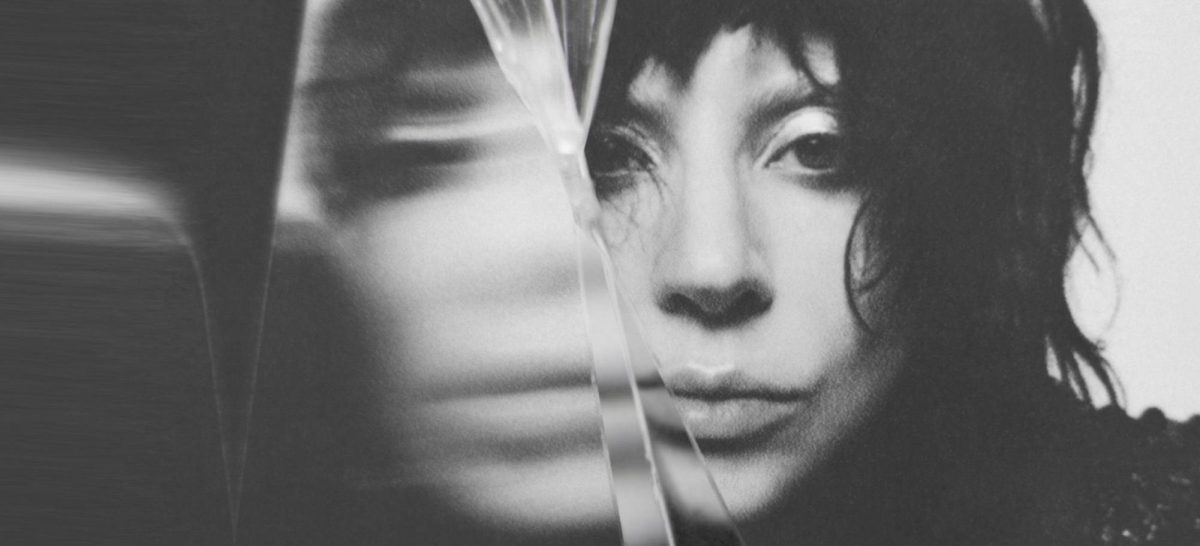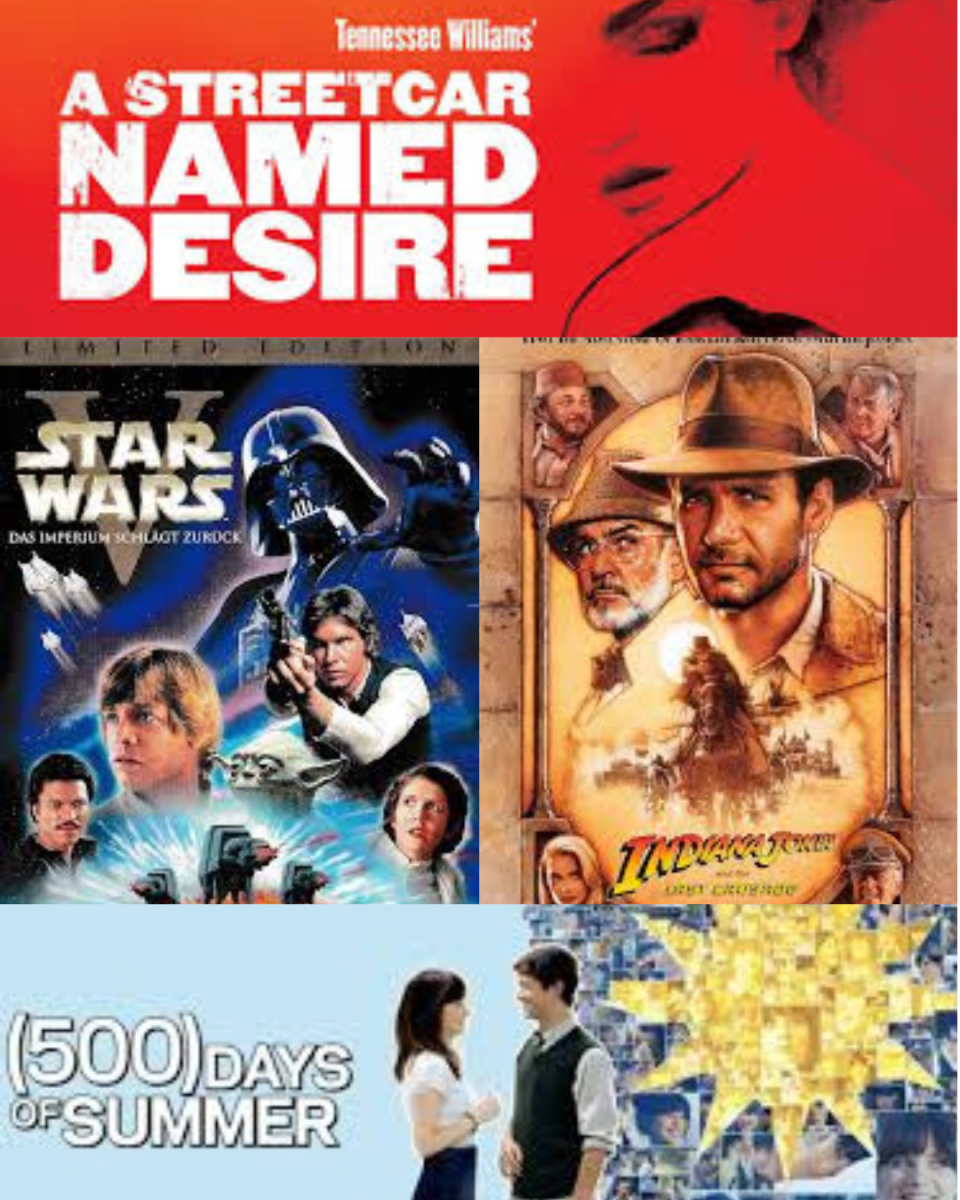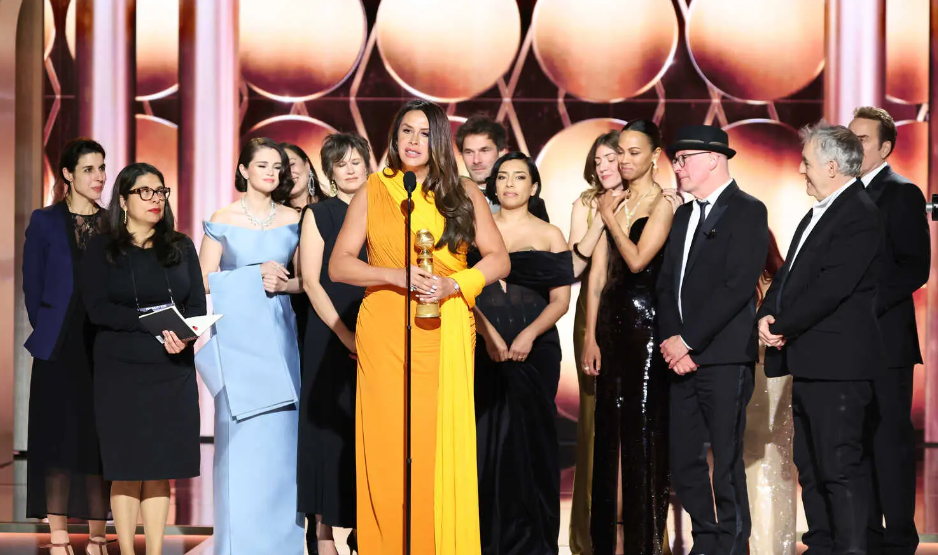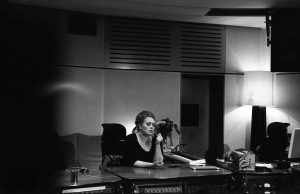
Because an artist’s quick rise to fame and disappearance into irrelevance is not an unfamiliar occurrence in the music industry, very few singers have lasting staying power. However, one artist this year has proved that she has what it takes to remain relevant in today’s ever-changing music scene. On Nov. 20, Adele returned from a nearly five-year hiatus with the release of her third studio album, “25”. Faced with the pressure to create another Grammy-winning album following her previous album’s astronomical success, Adele produces an album that continues to showcase her diverse vocal range in ballad-esque songs while also including more upbeat tracks. The perfect blend of Adele’s traditional music style and her experiments in pop unveil her gradual journey to move on from the heartbreak evident in “21”.
Promoting the album, Adele released single “Hello” on Oct. 23 to give fans a hint of what was to come in the next month. The single’s music video broke the YouTube Vevo record set previously by Taylor Swift’s “Bad Blood” with a whopping 27.7 million hits in one day. Following “Hello”’s success, Adele entered the limelight once again to promote “25” through interviews and guest performances. Based on the album’s popularity even before it was released, music sales analysts predicted that “25” would sell one million units in its first week alone. Adding to the album’s publicity, Adele decided to make “25” available for digital download and CD only and joined big-time artists such as Taylor Swift and Beyonce in their boycott against music streaming sites for their failure to compensate artists.
The “Hello” music video’s immense popularity and Adele’s controversial decision to take “25” off streaming websites further added hype to this already anticipated album. Upon listening to the album for the first time, listeners discovered that such hype was much deserved. While Adele has clearly gotten over the heartbreak that “21” was centered around—she now has a son with boyfriend Simon Konecki—she still provides fans with signature piano ballads while giving them a glimpse of a new side of her. Adele proves that she is ready to move on from her past tumultuous relationship through lively and upbeat pop-like songs. Among the more traditional tracks, songs such as “Remedy” and “When We Were Young” convey emotional messages with the help of piano chords and the singer’s soaring vocals, but they do not center around a break-up. Instead, these ballads are about Adele’s relationships with her family and the prospect of getting older, respectively. In contrast, switching up her music style, Adele introduces fans to a new sound characterized with 80s R&B undertones. For example, in “Send My Love (To Your New Lover)” and “River Lea,” acoustic guitars and synthesizers replace pianos. Although the style showcased in these upbeat songs is a refreshing change for Adele, her outstanding vocal abilities are consistent throughout the entire album.
Trying to meet the high expectations of fans and critics alike after being absent for quite a long time is an arduous task; however, Adele returns to the music scene seamlessly. Adele celebrates her comeback with an album that both remains true to her sound and creatively explores new outlets to showcase her award-winning voice. With 2.3 million sales within the first three days of the “25”’s release in the U.S., fans all over the country show support for a voice that has taken the music industry by storm. As awards season comes around the corner, fans should expect “25” to earn multiple Grammy nominations.


